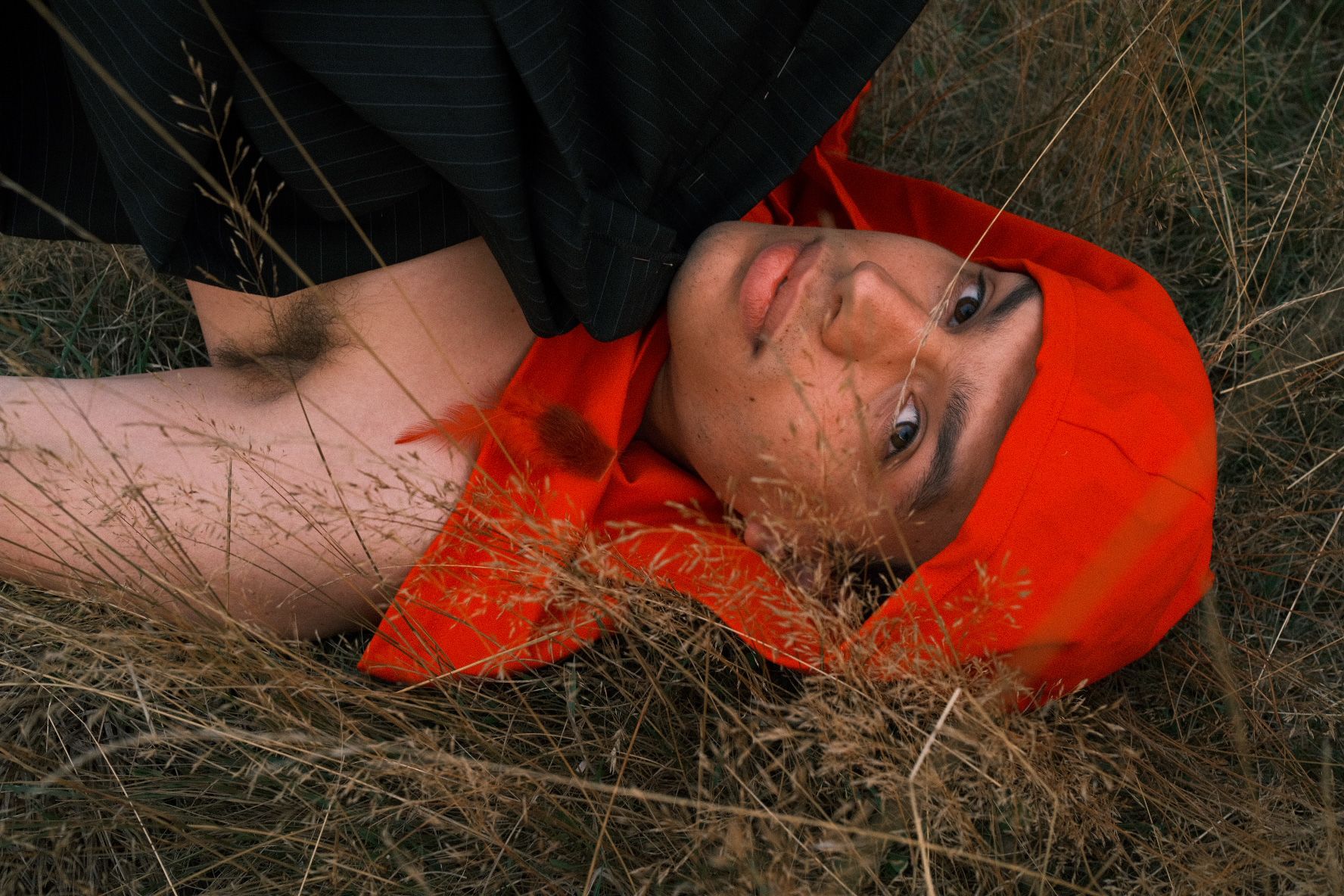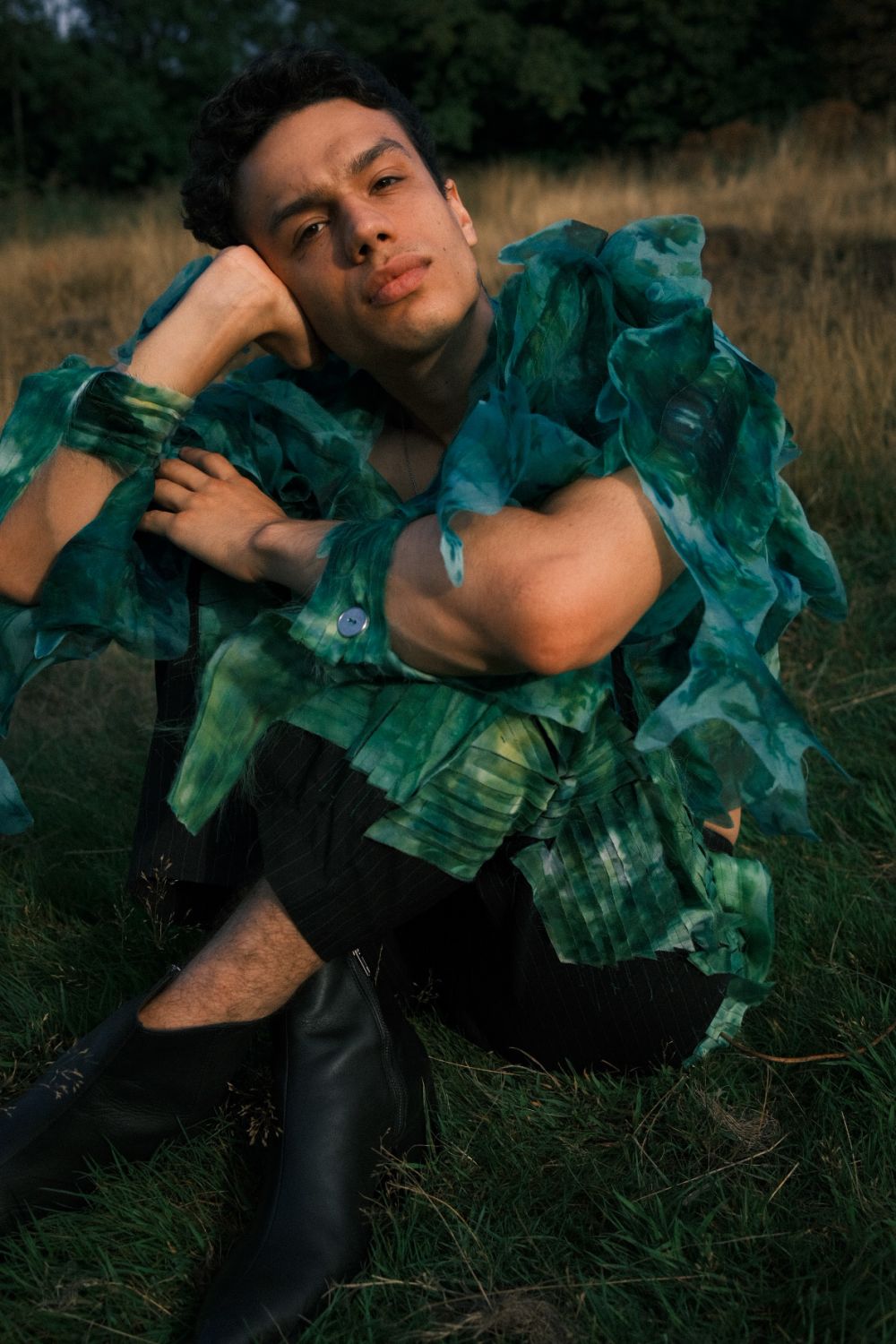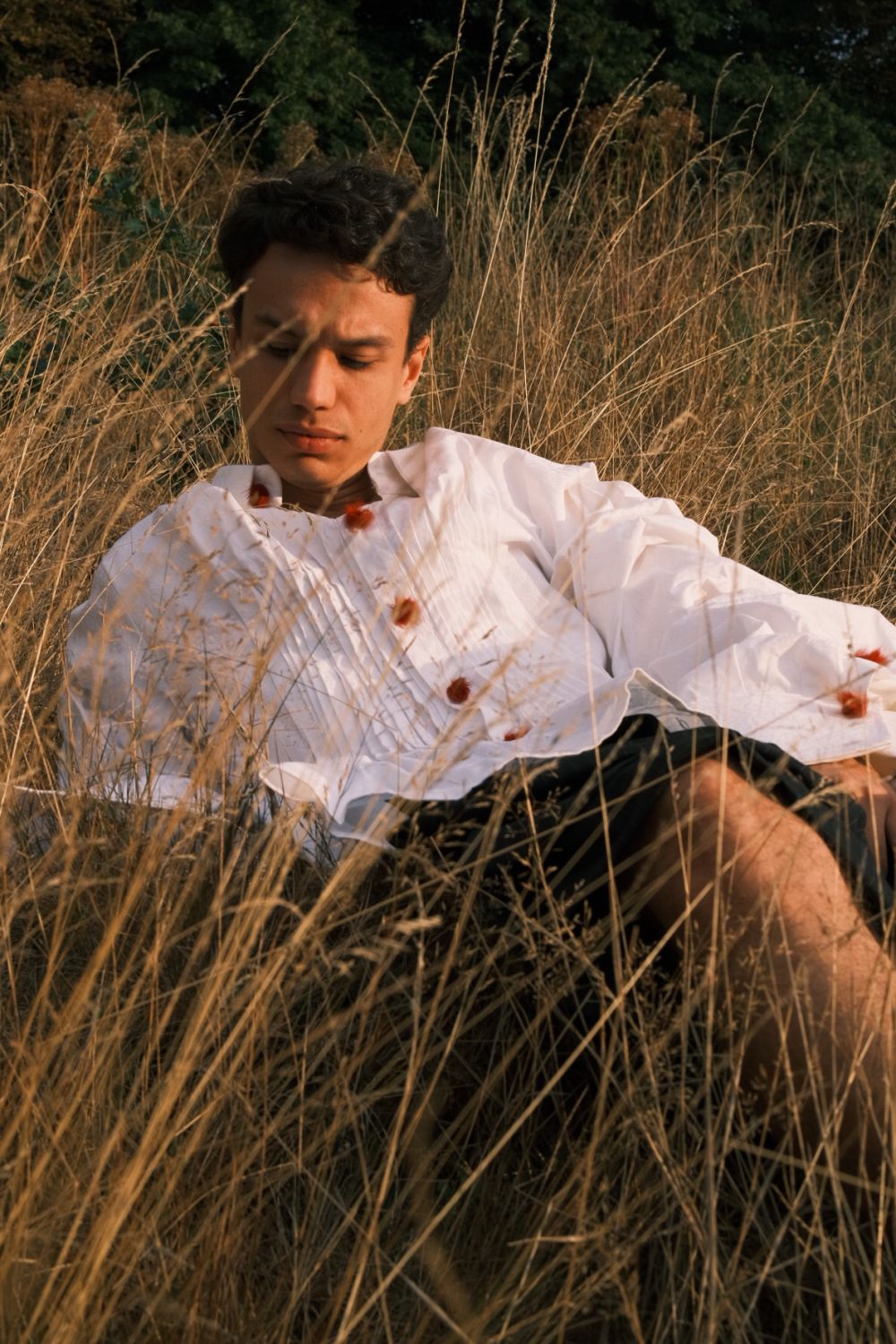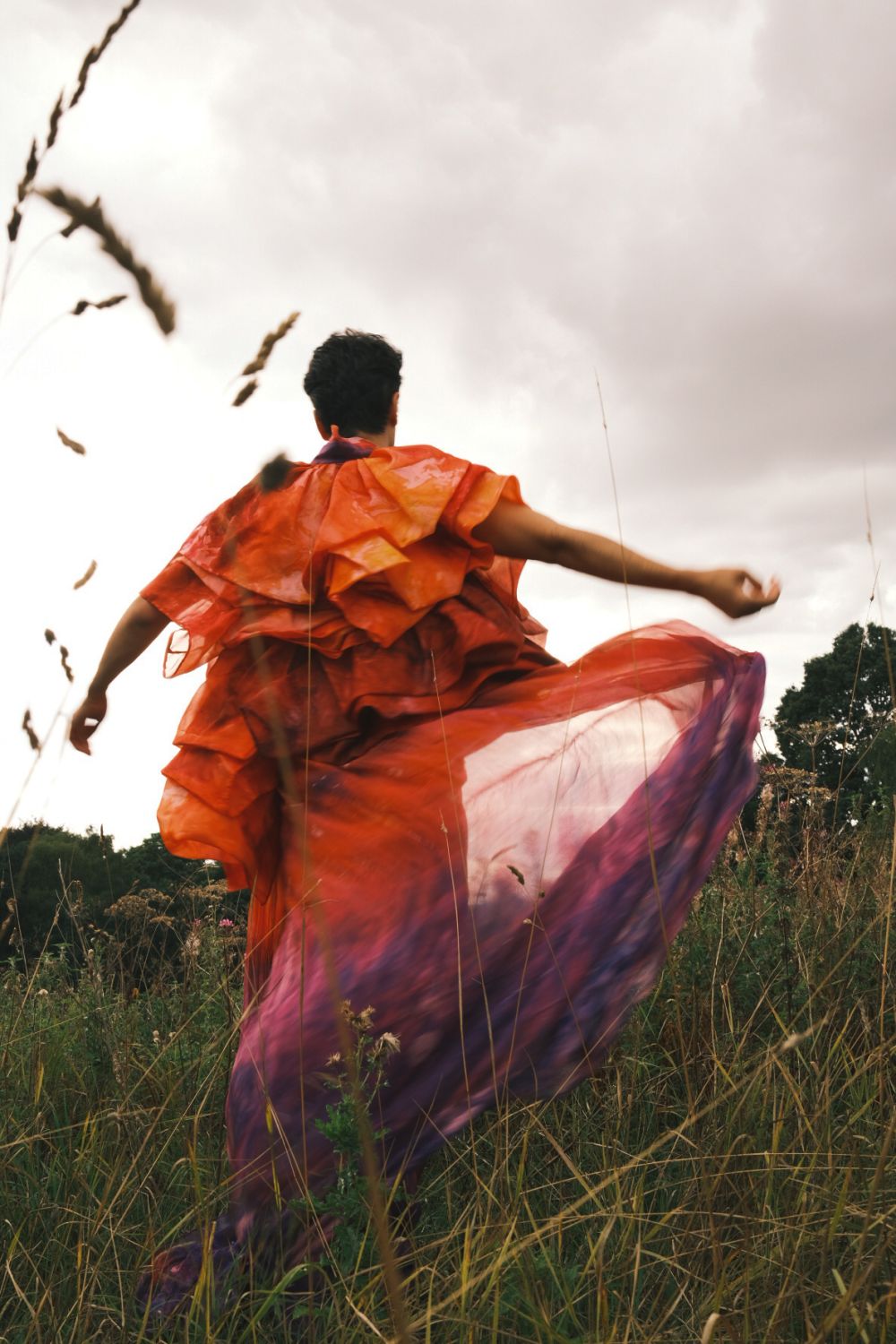
Fred Becker: Memories surrounded by de Gaucho

- Written byLubna Hussain
- Published date 03 October 2022

We got in touch with alumnus Frederico Becker, a 24-year-old Brazilian Fashion Designer who studied Graduate Diploma Fashion Design Technology at LCF on his latest collection “Bem-Te-Vi” for his brand Fred Becker.
Frederico talks us through his inspiration in getting touch with his roots and opening a more sustainable clothing line that challenges gender constructions of the gaucho culture.
I was born and raised in Porto Alegre, a city in the South of Brazil which intersects traditional Brazilian culture and Argentinian and Uruguayan culture. I am convinced that having the opportunity of being born in a region where there is so much human diversity gave me the chance of experiencing countless cultural sides of our society. This multifaceted scenario that I live in has a huge influence in the way I think about fashion, which makes my creative process wide and open to different angles.
During my undergraduate studies, I created my personal brand, where I have always linked a sophisticated and modern design to my fashion language. Converging different areas is something that is always present in my creations, as well as exploring new techniques and materials, continuously looking at bringing innovation into fashion.
I started my course of Graduate Diploma Fashion Design Technology in 2021 where I was able to express my concern about the environment and the way that we are treating nature always makes me question our role in society and how we can reinvent the fashion industry as something intrinsically attached to sustainability.

The collection is called “Bem-Te-Vi”; a small bird endemic in almost every region of Brazil, which has a characteristic whistle that is recognized by all, resembling the phrase "well I saw you" in Portuguese which gives the name to the bird. The state of Rio Grande do Sul has it traditions much more related to Argentina and Uruguay culture, but at the same time, has many aspects of the Brazilian culture.
As I looked back to my memories surrounded by de Gaucho culture, I was inspired by the traditional Southern Brazil garments and the landscape of Pampas, a vast plain area with very fertile soil. After researching about my own local culture, I was realised that something about my country is causing a mix between worrying and inspiration.

In October of this year, in Brazil, we are having our presidential elections, as many Brazilian artists are protesting the current government, which is being accused of neglecting the pandemic, burning the country's biomes and dismantling the national culture. Consequently, the old generation of Brazilian artists are inspirating the new generation to fight back this authoritarian government as they did during the dictatorship in Brazil between 1964 and 1985.
To summarise, my inspiration for this project was the resilience and strength of the Brazilian people, and how even despite the adversities that the Brazilian society has been facing, we still have an optimistic vision for better days in the future. As well as being inspired by the gaucho culture; I enforce elements of style from the traditional southern Brazil culture.


My creative process was experimental, I tested silhouettes and drapes on a mannequin in order to explore shapes to complete the human body. The main material was double silk organza, due to its fineness and lightness, however structured, it can give the desired volume and movement. In addition, all silks were hand-dyed by me, to achieve the look of watercolour painting of my country’s landscapes.
After exhaustive attempts at drawings, tests and samples, the experimental process of the collection elements form allowed me to have a better view of the desired results. Documentation of the process aligned with my patterning and draping skills allow me to explore the shape of the garments of the collection, forming shapes and silhouettes that captivate the observer.
Finally, to make the pieces, tailoring and haute couture techniques were used to give the finish according to the fashion market. This project challenges the gender constructions of the gaucho culture, which is very male- centric, homophobic, and masculine.



Throughout the development over this academic year, I was able to deepen my fashion development techniques, in addition, I learned to create collection concepts with more complexity and intimacy. Consequently, my creations gained a greater understanding of art, history, context and contemporary of fashion.
The course teachers, Tarang Bharti and Anna Howard has always stimulated proactivity among students, encouraging us to look for creative solutions for our designs and providing various tools necessary to achieve our project goals. Therefore, I was able to combine my previous knowledge about fashion design with all the means that the university made available to me to improve myself as a fashion designer.
Following this, with the advice of our mentors, I seek to align my ideals and fashion concepts with what the market is looking for, so that I could project clothes with a desire for consumption and contemplating contemporary fashion. I believe that my collection has achieved a great level of audacity, where I could combine traditional aspects of garments of southern Brazil with modernity and originality.


The way I would like people to interact with my work would be to identify the resilience and strength that resides in the Gaucho and Brazilian cultures that are so unique and singular. That despite being a happy, extroverted, and intimate culture, the country has been suffering several attacks on freedom of expression, causing minorities to repress their voice and their desire to express themselves with their appearances.
I would like my collections to inspire people in my country to express themselves and feel free to wear clothes that defy norms imposed by conservatism. That way, we would have a more liberating culture that respects Brazil's immense cultural and human diversity.
As an independent fashion designer, I want to continue to explore techniques and skills learned during my academic year at LCF. I would like to continue to challenge gender norms and explore my roots, where I can create original and irreverent fashion, where people can be inspired and become a reference for the Brazilian fashion industry. I want to continue to explore new shapes and silhouettes, using haute couture and tailoring techniques, where I can unite my visions for contemporary fashion and my culture.
Gallery
- View more work on the UAL Graduate Showcase.
- View our upcoming Open Days.


